Urban Form and Travel Behaviour
Urban Form and Travel Behaviour: Micro-level Household Attributes and Residential Context
Frans M. Dieleman, Martin Dijst and Guillaume Burghouwt
[Paper rst received, July 2000; in nal form, April 2001]
Summary. Many countries now have policies to reduce distances traveled by private car and to favour the use of public transport, cycling and walking. The development of compact urban forms and the design of urban communities which favour walking are seen as particularly effective strategies for reducing car dependency. The factors which determine travel behaviour are not fuly understood, so that effective policies in uencing travel patterns are dif cult to formulate. Apart from urban form and design, personal attributes and circumstances have an impact on modal choice and distances traveled. People with higher incomes are more likely to own and use a private car than low-income households. Families with children use cars more often than one-person households. The purpose of a trip—work, shopping and leisure—also in uences travel mode and distance. We used the Netherlands National Travel Survey (OVG) to
explore some of these relationships in more depth. The relative importance of personal attributes and the characteristics of residential environments as determinants of modal choice and travel distance were explored. Both sets of factors maintain a clear, strong relationship with travel behaviour in multivariate models of travel behaviour.
دیدگاهی بنویسید.
بهتر است دیدگاه شما در ارتباط با همین مطلب باشد.


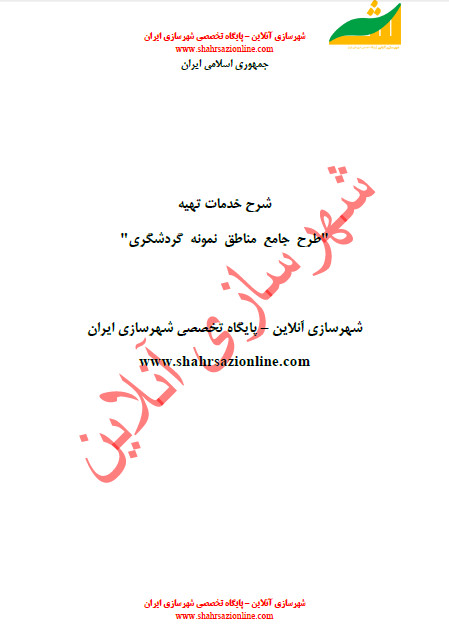 شرح خدمات تهیه طرح جامع مناطق نمونه گردشگری
شرح خدمات تهیه طرح جامع مناطق نمونه گردشگری فرهنگ شهرهای ایران: فرهنگ کریولهشده:نگاه انسانشناختی به سنتز فرهنگی در شهرهای ایران
فرهنگ شهرهای ایران: فرهنگ کریولهشده:نگاه انسانشناختی به سنتز فرهنگی در شهرهای ایران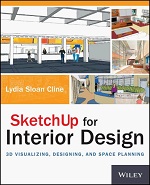 کتاب SketchUp برای طراحان داخلی
کتاب SketchUp برای طراحان داخلی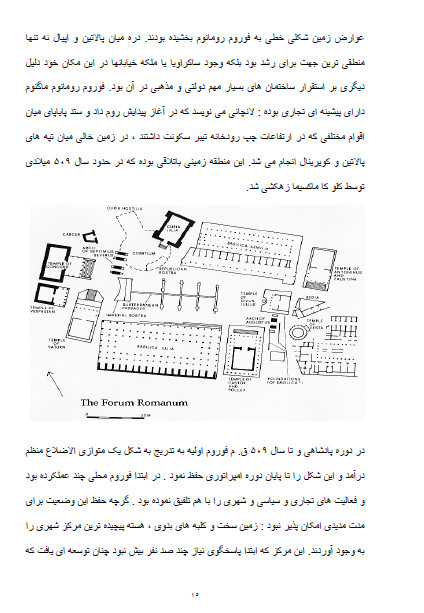 تحقیق آماده: تمدن روم
تحقیق آماده: تمدن روم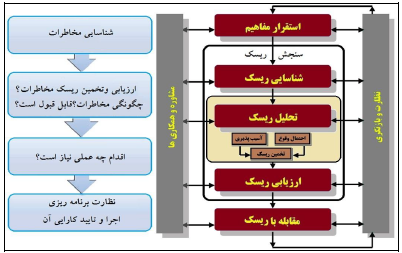 مدیریت بحران و ارزیابی ریسک شهر قاین بر اساس ماتریس ریسک
مدیریت بحران و ارزیابی ریسک شهر قاین بر اساس ماتریس ریسک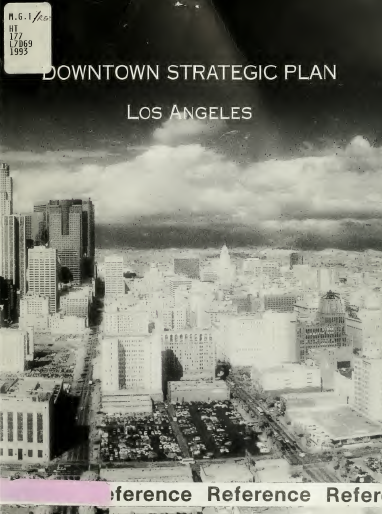 کتاب برنامه استراتژیک مرکز شهر، لس آنجلس
کتاب برنامه استراتژیک مرکز شهر، لس آنجلس